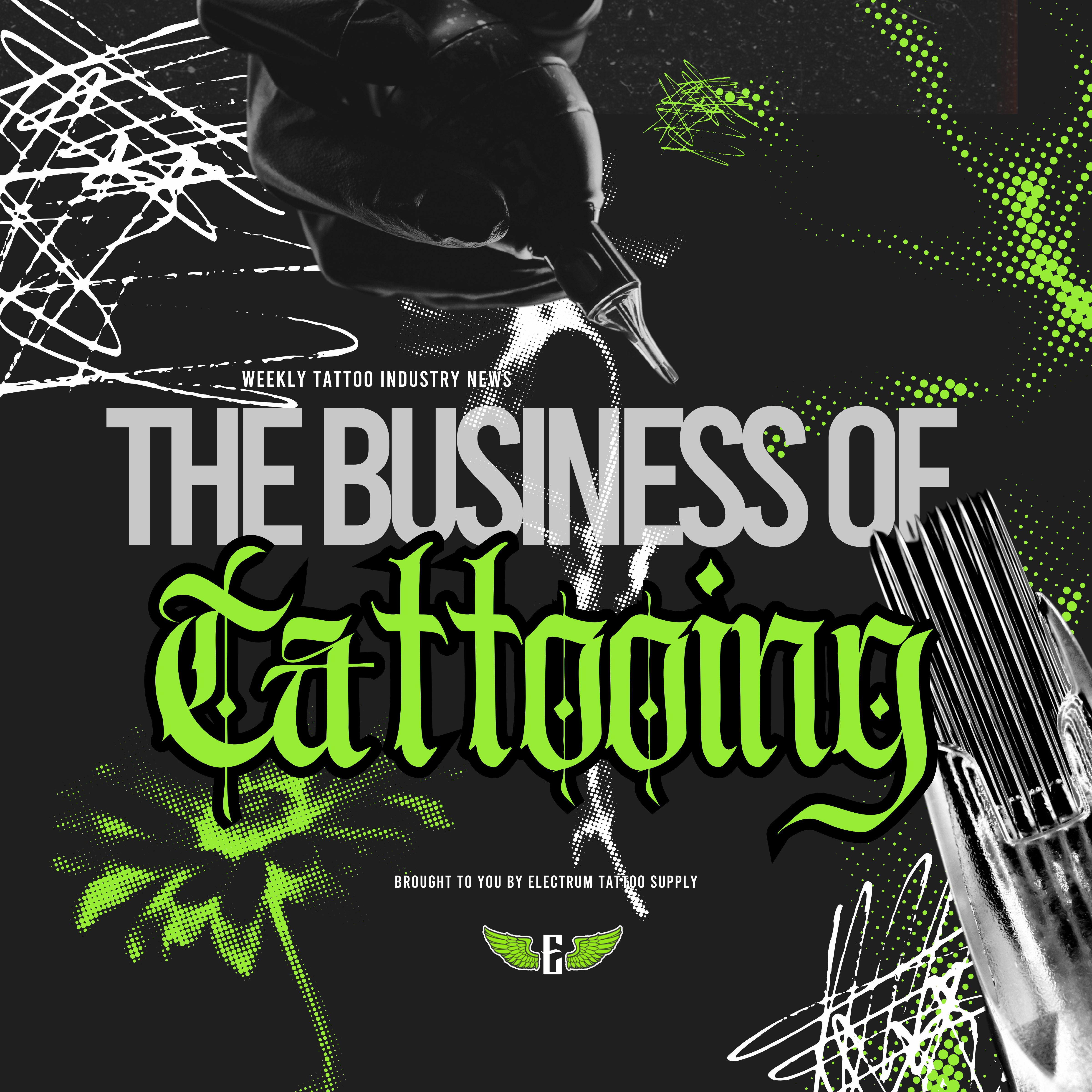Trends Don’t Build Careers, They Bury Them
Tattoo trends are shaped by a mess of influences—everything from celebrity culture to the gravitational pull of social media algorithms. The problem? Trends move faster than ink heals. When artists hitch their entire business to the latest micro-style, they’re gambling with burnout, client regret, and financial instability. Let’s break down why.
Trends Encourage Impulsive Tattoos (and Regret)
As tattoos lose their taboo and go full-mainstream, people are more likely than ever to get an impulse tattoo without thinking through the long-term consequence—y’know, the “it’s permanent” part. The result? A spike in regret and tattoo removal bookings. When clients ride a fad, they often circle back disappointed once the trend cools, leaving artists stuck with portfolios full of outdated requests and customers who now hate their once-“must-have” piece.
Micro-Styles Can Be High-Maintenance for Artists
Fine-line and tiny tattoos have hijacked Instagram feeds, but these delicate styles come with some ugly fine print. Oily skin, sun exposure, and good old-fashioned aging cause them to fade and blur fast. Even under perfect conditions, they gradually ghost out, often needing touch-ups every one to two years. Artists who specialize only in micro-work can end up drowning in maintenance appointments while the trend-hungry crowd has already moved on.
Burnout Is Real in a Trend-Driven Market
Burnout in this industry is real. The long hours, the physical strain of folding yourself into shrimp-mode over a client, and the constant “always open” hustle mentality will chew you up. Making yourself endlessly available is a surefire way to burn out faster than you can bang out angel numbers on a tipsy college freshman (which you should definitely not do). Setting boundaries isn’t optional—it’s survival. When a trend explodes, many artists trade sleep and creative freedom for the grind, fast-tracking themselves to physical and mental collapse.
The Rise of Tattoo Removal = Trend Fatigue
Removal shops are busier than ever. More people are bailing on tattoos that have lost their relevance or aged poorly. The message is clear: fad-driven ink has a shelf life. If your entire identity as an artist is tied to one style, you’re in trouble the moment it goes out of fashion.
Building a Sustainable Tattoo Career
Chasing trends can be a fast cash-grab, but real career longevity comes from adaptability and foresight. Here’s how to avoid becoming a cautionary tale:
- Diversify your skill set – Don’t make micro-styles your only trick. You don’t have to do every genre daily, but being capable of multiple styles—traditional, black-and-grey, realism, geometric, illustrative—makes you bulletproof when the algorithm decides your current bread-and-butter is “cringe.”
- Educate clients about longevity – Tell them the truth: fine-line and tiny tattoos fade, and they’ll need upkeep. Setting expectations builds trust and cuts down on future whining.
- Set clear boundaries – Stick to set hours. Book breaks. Make time for projects that feed your creativity. It’s not laziness—it’s insurance against flaming out.
- Focus on long-term artistry – Push clients toward work they’ll still love when the trend dies. Tattoos aren’t fast fashion—you can’t swap them out without experiencing the hot-broken-glass-meets-electric-shock joy of laser removal.
- Keep learning and innovating – Let trends spark inspiration, but don’t let them own you. Keep adding tools to your kit. The second you stop learning, you’ve already started fading out—just like that fine-line micro-portrait of grandma on someone’s knuckle.
The best tattoo artists balance adaptability with timeless skill. Trends can light a creative fire and pack your books, but when they dictate every move, they can also lead you straight into burnout, overspecialization, and client regret. The artists who last are the ones who pace themselves, educate their clients, and keep their art relevant long after Instagram has moved on.





